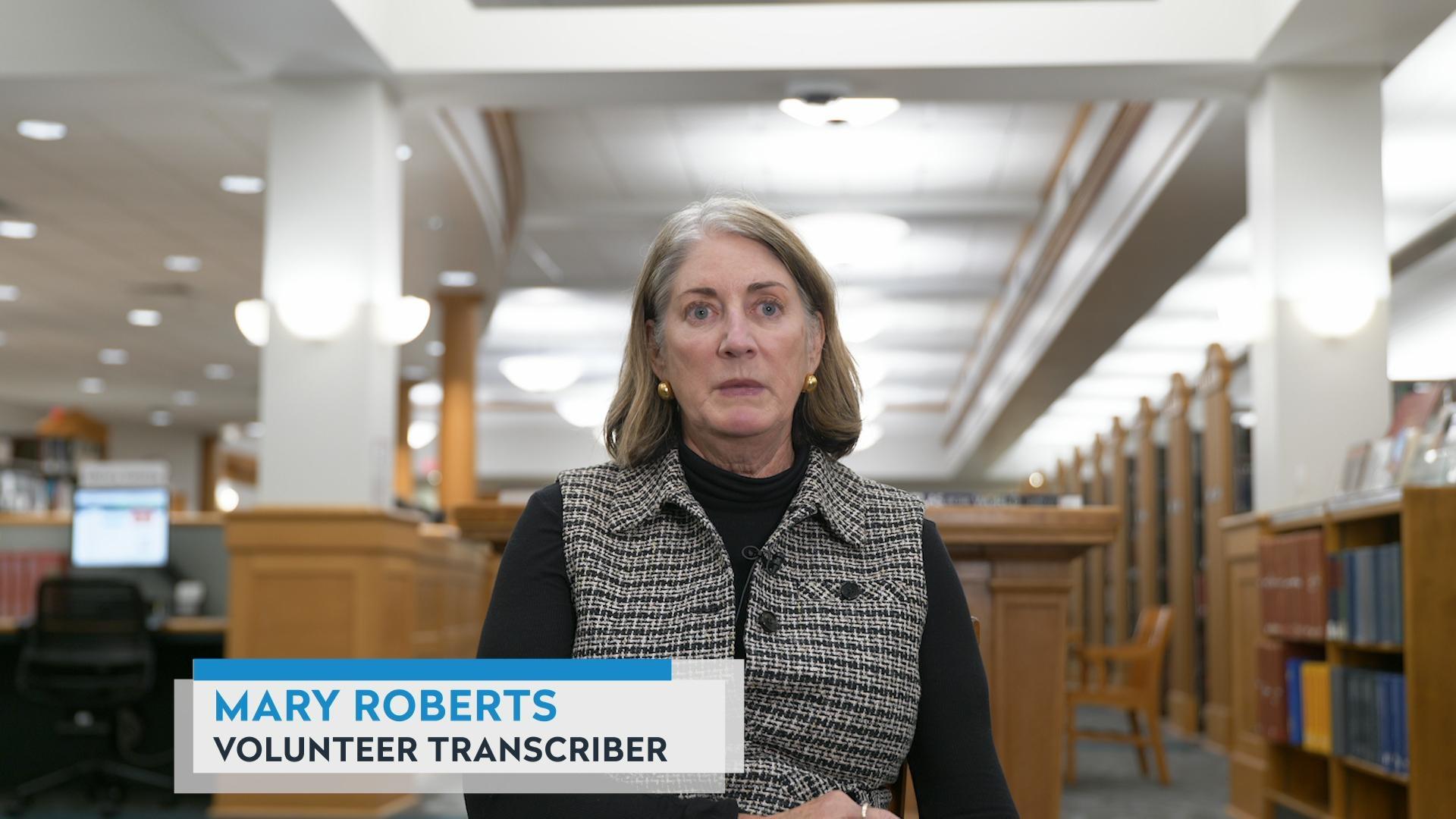Zac Schultz:
The DNR has been tracking a lot of numbers regarding the number of people buying licenses. Seems like this was a pretty good year for the number of hunters reporting out in the field.
Ed Culhane:
Yeah, we actually saw an increase in license sales and among the 25,000 new licenses we sold. About a third of them were for youngsters under the age of 17, and another third were female hunters. Those are both groups we’ve been actively trying to reach out to, and to recruit and to make opportunities for them to get into the practice of hunting. We’re encouraged by that. We’re fighting a national demographic trend where the number of hunters seems to go down every year. So the fact that we’ve seen an increase here in Wisconsin this year is encouraging.
Zac Schultz:
A lot of hunting participation seems to be based on optimism and encouragement. There have been seasoned structures, with eliminating the T zone in October and eliminating Earn a Buck, that seem designed to make it look like the DNR is responding to concerns of hunters, and make them want to go back out in the field.
Ed Culhane:
Right, when Cathy Stepp came in as our DNR secretary a couple of years ago it was right at a time when there was a certain amount of hunter dissatisfaction. There was a group of hunters who were very unhappy with the number of deer they were seeing. From our standpoint in the DNR there is a lot of complex reasons for that. It’s not as simple as just the number of deer. There is a lot of land use practices, a lot of different things going on that are affecting how hunters see deer. But Cathy Stepp was interested in getting away from the ill feelings and arguments about numbers, and getting back to the traditions and why it was fun to go hunting in the first place. And as part of that, we did return to a more traditional season structure. The Earn a Buck regulations were eliminated for the last couple of years. The October gun hunts that some people felt took away from the gun season, those were eliminated. There are also more traditional seasons in many units where it was kind of a buck only with a limited number of antler-less tags. An attempts to growing the herd in certain areas of the state. All those things were going on, and at the same time there was a lot of outreach to hunters. A lot of asking hunters for their thoughts and for their input. We’re doing a lot of research now. That started a couple years ago. It was probably one of the biggest research projects in Wisconsin history, using a lot of federal Pittman-Robertson funding. We've got two zones, one in northeastern Wisconsin and one in northern Wisconsin. We’re out tagging deer, putting GPS collars on them. Finding fawns immediately after birth and putting collars on them, and doing some long range studies to tell us about mortality rates and reproduction rates. So we can more confidently tell hunters, okay, here are causes of mortality. Here is what the wolves are doing. Here's what the bears are doing. Here is what’s going on.
Zac Schultz:
Speaking of wolves, a lot of northern hunters were concerned they weren’t seeing deer because the wolves were eating the fawns. Now that there is a wolf hunt, biologically way too early to know whether the wolf hunt, how it will, impact the herd down the road. Once again, confidence-wise, people have to feel better that at least they’re reducing the wolf population. That gives the deer a better chance.
Ed Culhane:
Yeah. I think this is something that hunters, especially up north, have been waiting for a long time for the state to take over management of the wolf packs, which is something that the state has been wanting to do for a while, but depended on the federal government de-listing the wolf. That happened, and the state legislature created a hunting season and we’re in that first hunting season right now. So the number of wolves will be reduced as a result of that. Hunters have been very successful with the wolf hunt. In fact, we’ve had to close hunting in two of the wolf hunting zones because the quota has been reached already. So again a lot will be learned from that. We’re taking a lot of biological information from every wolf that is harvested as well as the deer studies we’re doing. So within a year or two we’ll have a lot of good, hard data.
Search Episodes

Donate to sign up. Activate and sign in to Passport. It's that easy to help PBS Wisconsin serve your community through media that educates, inspires, and entertains.
Make your membership gift today
Only for new users: Activate Passport using your code or email address
Already a member?
Look up my account
Need some help? Go to FAQ or visit PBS Passport Help
Need help accessing PBS Wisconsin anywhere?

Online Access | Platform & Device Access | Cable or Satellite Access | Over-The-Air Access
Visit Access Guide
Need help accessing PBS Wisconsin anywhere?

Visit Our
Live TV Access Guide
Online AccessPlatform & Device Access
Cable or Satellite Access
Over-The-Air Access
Visit Access Guide
 Passport
Passport


















Follow Us